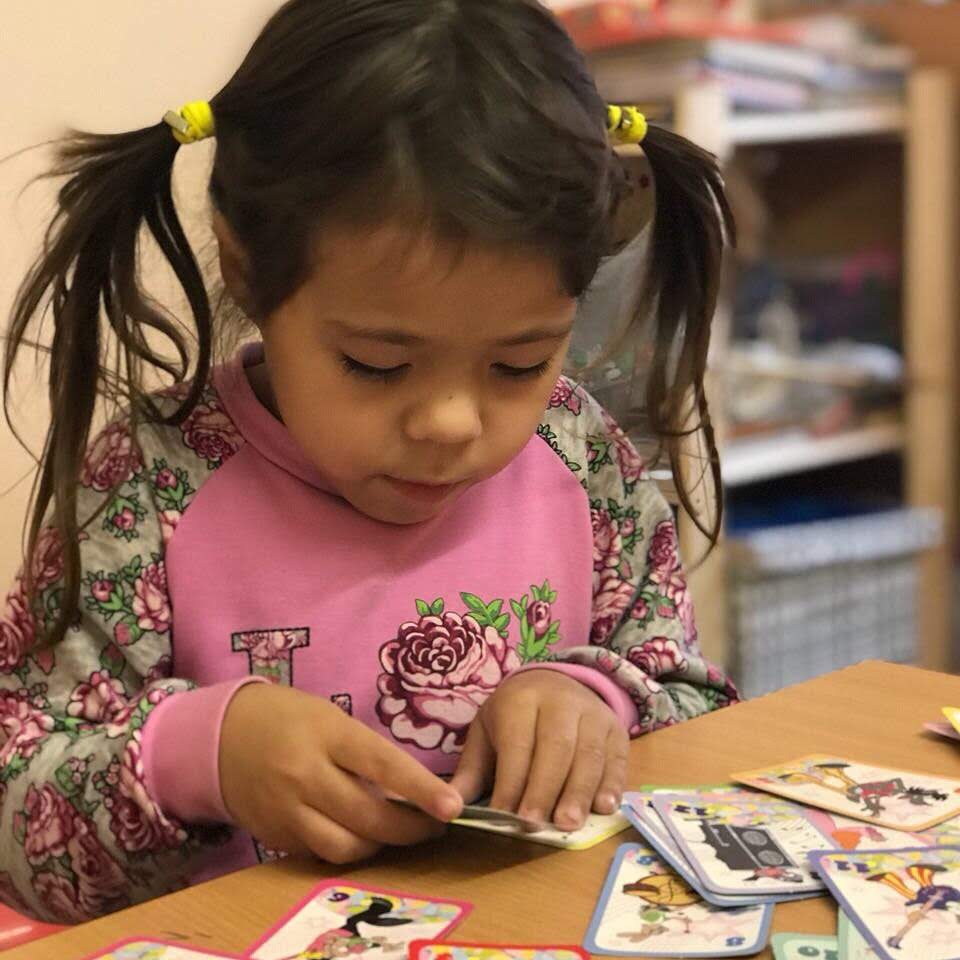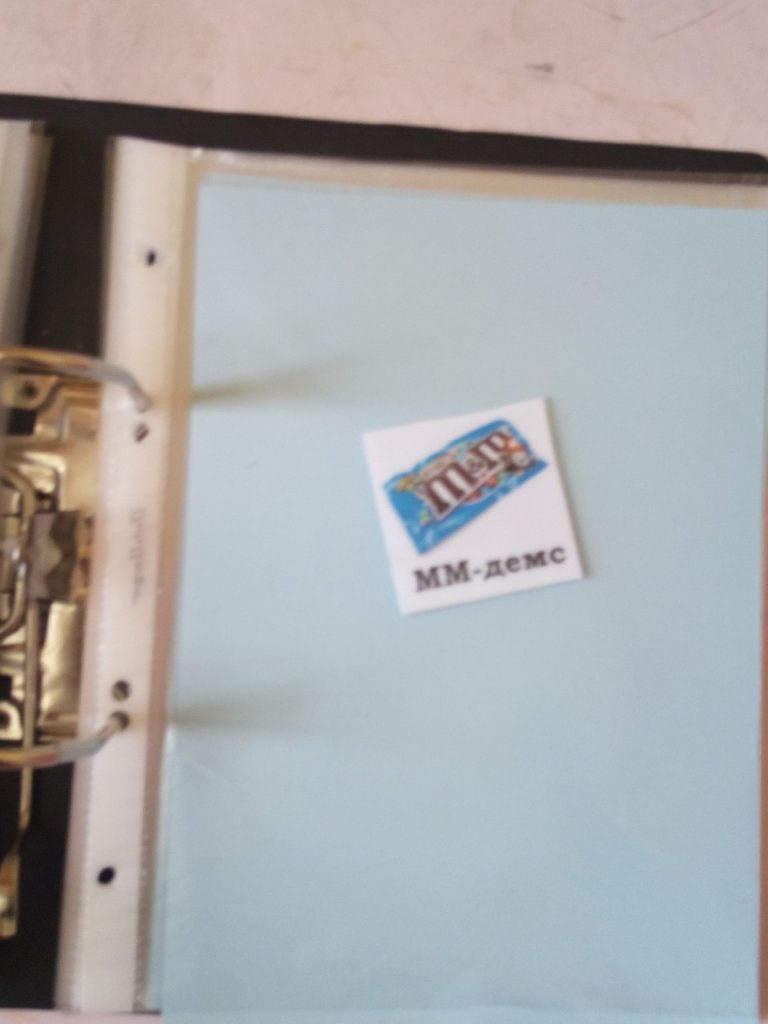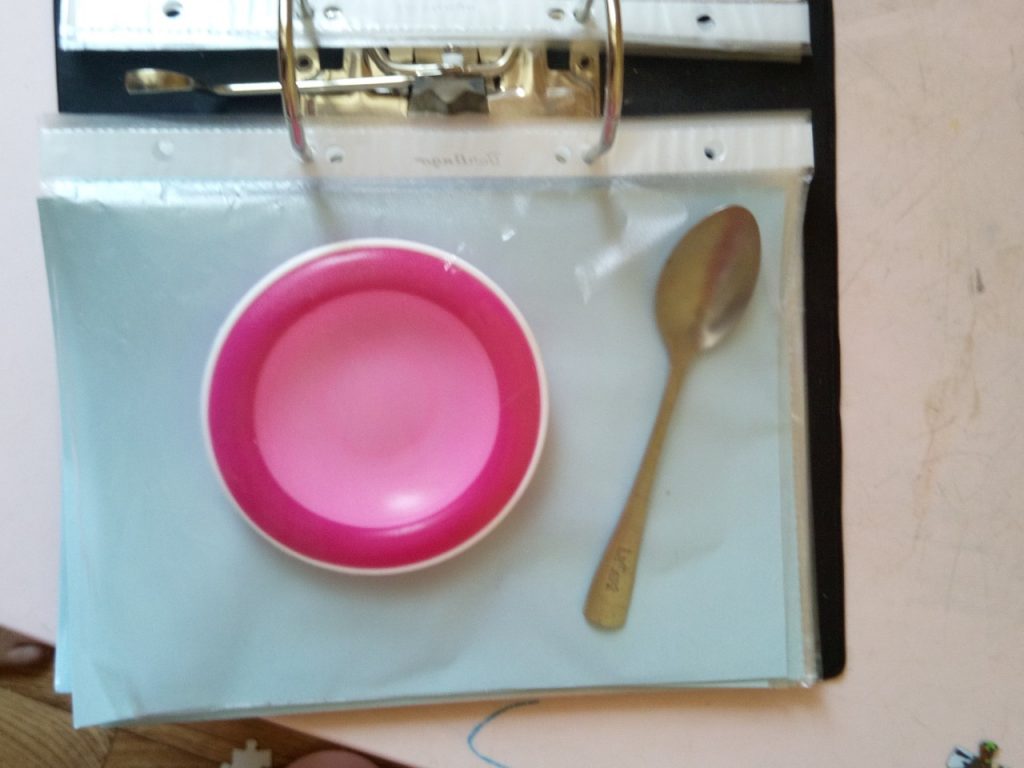How to organize classes at home

Not all of the parents are endowed with pedagogical talent. This does not make them bad parents at all. That is why there are professional educators, tutors, speech therapists and other specialists who will help to master the necessary skills and knowledge. Only now there are situations when, without studying at home with a parent, progress is very slow. In the event that there are problems in development, the parent needs to be included in the learning process, whether he wants it or not. There are many reasons for this.
1. No matter how talented the speech therapist, defectologist or any other specialist who deals with the child, he does this 40 minutes a day. Yes, there may be several specialists, but even three lessons a day is no more than three hours. And the material still needs to be fixed. To form a skill, it needs to be fixed many times and parents will have to do it.
2. There are situations when in the classroom a child perfectly learns material, does not demonstrate undesirable behavior, fulfills the requests of the teacher, writes, draws and shows his talents and hard work in every way. Only here at home or in any other situation, outside of class, all these skills are lost. Undesirable behavior, tantrums, lack of communication, etc., show themselves in full glory. Why? Because there is no transference. Because the teacher requires, but the parents do not (they cannot or do not want, the reasons may be different, but the fat remains a fact).
3. The most common, but very common reason is the lack of finance. Any activities cost money. The more complex the violation, the more specialists are required for habilitation. Even classes with three specialists three times a week is an average of about 18,000 rubles a month. And if the child has not yet been issued a disability, then the parents take the money from the family budget. Add a mortgage, food, and it becomes clear that sometimes parents are forced to take on the function of both a speech therapist and a pathologist and a specialist in exercise therapy. Of course, if there is no special education, it will be difficult, but very often, finding one competent specialist and organizing homework correctly, progress can be very good.
4. Homework. If the specialist is good and works on the result, then homework will definitely be. The task of parents to fulfill them is not through their sleeves, formally, but very responsibly, and for this, too, we need to learn how to organize work at home.
So, wherever you spit, and parents will have to deal with the child at home. How to do this so that the child enjoys doing it, mom doesn’t get a nervous tick, and dad doesn’t turn gray?
Once I came across a book called Schedules for Children with Autism, authored by Dr. Lynn I. McClannahan and Dr. Patricia Kranz. The book is amazing in that it is completely full of practical tips that are presented in a very accessible form. There I found a great way to organize work at home. It should be noted that the authors adhere to the ABA approach, which is now widely known and is used very often, especially when working with undesirable behavior in children or with the formation of any skills. I am not an ardent supporter of ABA therapy, but I can not deny that there is a result from the classes and very often it is not even visible to a specialist. I think that one day I will dwell on this method in more detail, today we’ll talk about creating a folder for homework.
In fact, everything turns out to be very simple and the main thing that a parent needs to do is be patient and not run ahead of the engine. We take the usual folder into which the files are inserted. We start with 2 files. In the first file you put the designation of the activity that your child loves. For example, my daughter loves to collect puzzles and in the first file I put a few details of her favorite puzzle. It can be specific objects (rings from the pyramid, lego details, brush and paints, and much more), or it can be an image (a picture or a PEX card or a photograph of a child when he is doing what he likes). The choice is yours. The simplest and most affordable option is, of course, the details and specific objects, a little more complicated than photography, then drawings and, finally, PEXs. We started with the simplest option.

In the second file we put a motive (the fact that the child loves soooooooo, for which he is ready for a lot, ideally, before introducing the folder, you need to limit the child in this motive, at least 1-2 days). The authors generally advise taking such a motive that the child will receive only if he works with the folder and no longer in any other situation. I did not bother so much and took her favorite sweets, in the amount of one piece.



We open the folder with the child and see what’s in it. We turn the pages, tell (even if the child does not understand speech well) that here, on the first page, is your favorite task, and when you complete it, you will take your favorite candy, which is on the second page. They showed and turned back to the first. Help the child get the details for the first task, so that in the future he will do it himself. Ideally, all this is necessary to do at the table, but if there is a problem with this, then the table can be moved gradually. So, we got the first task and completed it. After that, they removed the toys or what you did in place (this is very important, because it forms a sequence of actions for the child, he learns to get the toys, play and put them back in place). We praise, we say how well done he is, that he completed the task so well and ask or help to turn the page. Then the child can take his motive (by the way, it may not be food, but, for example, a slime that the child adores, a gadget, a book, a song, etc.). Hurrah! The first step has been taken! Further simpler. Gradually the folder is filled with files. I leave only the first and last files unchanged. The first one is always a puzzle, because she loves them, it is easy and interesting for her to start working with this task, I change the pictures themselves, but the meaning of the task remains. The latter is always a motive, gradually we switched from the candy itself to the PEX card, which my daughter takes out and gives to me, and I give her a candy in exchange. Other files are filled with other tasks.









Important! Do not rush. It’s not necessary to go directly from 2 pictures to 10. We move gradually, if you see that it is difficult for a child to do 5 tasks, return to 4, let a couple of days do no more than 5 tasks. It is also necessary to select tasks wisely. Try to alternate motor exercises and intellectual. In addition, the authors advise to necessarily include tasks on socialization. It may be a request to say hello to my brother, take something to my sister, and feel sorry for my grandmother. I took the dolls and we started to feed them. Gradually, from simple feeding with a spoon, we moved on to the fact that first we cook food in a pan, then we add it, then we feed the dolls, then we pour tea and drink them tea. Mom also needs to feed and drink tea. Ideally, such a game is accompanied by a description of who does what, words of gratitude from the dolls for the child, look, this is a role-playing game in its purest form! A role-playing game is very important !!! Many children with intellectual disabilities do not know how to play role-playing games, and it is in the game that the child learns to interact with others. Role-playing is a storehouse of useful social skills. And this should also be written separately.
Gradually, the child learns to work with the folder on his own. Once, I found my daughter for the fact that she herself took the folder and sits engaged. It is better that the motive at this moment be in the form of a PEX or photo card, because even if the child has developmental features, the trick has not been canceled yet. It is possible that the child scrolls through all the files, finds a candy and is happy to eat it. The control is still on the parents. Only if the tasks are completed and everything is laid out in places you change the card to candy, otherwise the value of the lesson disappears.
That’s all. A very simple way, but it requires a lot of patience and self-control. Keep yourself in control if you want to turn over for a child, help him to cope faster, and please him with a motive as soon as possible. Only gradually, only with the child, gradually giving him the initiative in completing tasks. But the result will be excellent. It will be easy for you to deal with your child, you will feel much better and more successful when classes are held in a relaxed atmosphere. Yes, you are just the king and queen of education, Makarenko nervously smokes on the sidelines! Do not forget that you also need to praise and motivate yourself. Share success with others, because it is a lot of work and very very important! I believe in you – go for it!
Comments: